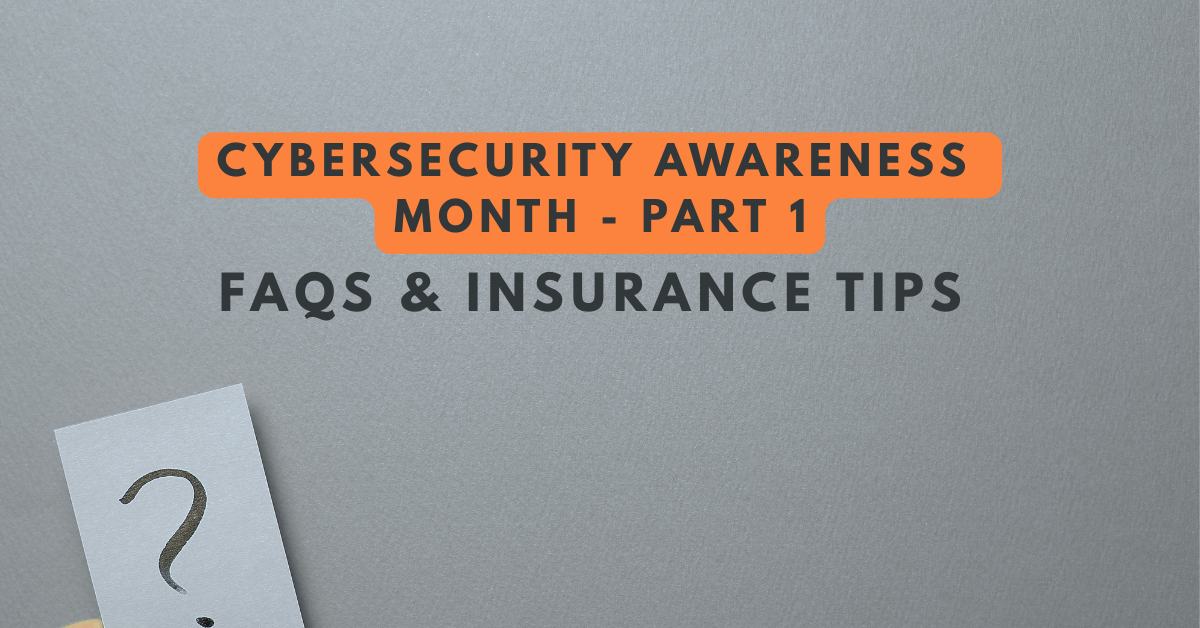How to Read an Experience Modification Worksheet
See How We're Different
or call us: (858) 384‑1506
When it comes to workers’ compensation insurance, there are many factors that go into calculating the cost you pay. Insurance companies want to understand the exposure on their end and you want to know why you pay what you do, especially if there are measures you can take to reduce your risk. The Experience Modification Worksheet is a large piece of the puzzle in these calculations, so let’s dive into its functions and how to complete it.
First, let’s begin with some definitions:
Experience Modification Factor – A numerical multiplier applied to your annual premium, which can either increase or decrease the amount. It is mainly used to calculate a business’ Experience Modification Rating.
Experience Modification Rating (EMR) – A numerical factor used to adjust insurance premiums based on the company’s historical record of workplace injuries and claims.
Experience Modification Worksheet – A comprehensive review that allows both employers and insurers to evaluate and manage workplace safety. It is used to determine fair and appropriate insurance premiums and promote safer working environments. The assessment includes information about claims data, injury dates, injury types, claim payment, and future costs.
How the Experience Modification Worksheet Works
The worksheet compares actual losses to industry standards for expected losses. It helps to examine how the claims history of a business stacks up to the industry average. The state where the company is located also contributes to the way the modifier is calculated. Depending on the location of the company and the rating bureau that applies, the worksheet itself may look different.
Layout of the Worksheet
Classification codes, payroll details, and expected loss data are found on the left side. Information about claims is found on the right side.
Elements of the Worksheet
Basic information: Essential details about the insured business, such as the company’s name, address, policy number, and the effective date of the rating period. It also contains a risk identification number that is assigned to the employer by the NCCI. In addition, the worksheet will show “interstate” if the business operates in more than one state; it will list the state if it operates in only one state.
Policy period: The worksheet specifies the time frame for which the EMR is being calculated. This period typically spans three years but excludes the most recent policy year to ensure accurate historical data. The oldest policy period is at the top of the page, and the most recent is at the bottom of the page. Each policy period has a section for payroll that includes classification codes that identify the nature of the business. Employers can have one or more class codes that apply.
Claims data: Includes comprehensive details about each workers’ compensation claim made by employees during the calculation period. Each claim entry typically includes the claim number, date of injury, type of injury, amount paid, and the reserve amount.
Expected losses: The expected loss ratio (ELR) column provides information about the expected losses for the insured business. There is an ELR for each class code written out in dollars and cents. These expected losses are calculated based on industry standards and actuarial data and a state-by-state basis representing what an average business in the same industry would typically experience in terms of workers’ compensation claims. It serves as an indicator of the expected dollar amount that an insurer is likely to expend on losses for every $100 of payroll.
Experience modifier calculation: While the exact formula may vary slightly, it generally follows a format similar to this:
Experience Modifier = (Actual Primary Losses + Expected Primary Losses) / Expected primary losses
Actual primary losses—This is the total amount paid for all primary losses (direct claim costs) during the experience period.
Expected primary losses—This is the expected amount of primary losses based on industry standards.
Impact on premium: The resulting EMR is a numerical factor that impacts a company’s workers’ compensation insurance premium. An EMR of 1.0 is considered average. Values below indicate lower risk (leading to reduced premiums) and values above suggest higher risk (increasing premiums).
Risk classification: Some worksheets may include what the NCCI calls a discount ratio, or D-ratio. This determines the portion losses that are expected to be primary losses.
Experience rating adjustment: This section outlines any additional adjustments that affect the experience modifier. These adjustments could be state-specific, related to discounts, or based on other factors.
Loss data summary: Some worksheets include a summary table that provides an overview of actual losses, expected losses, and the resulting experience modifier. This summary can help stakeholders quickly assess the company’s claims history and EMR.
Appeals and disputes: Information about the process for appealing or disputing the calculated EMR or claims data if a business believes there are inaccuracies or errors.
Understanding the experience modification factor is a vital skill for business owners or those who deal with workers’ compensation. We hope this guide was helpful for you if you’re working with one of these worksheets or will need to in the future.
If you have additional questions, please give us a call at (858) 384-1506 or watch our video: California Workers Comp Experience Rating Form EXPLAINED [Avoid Costly Mistakes]







